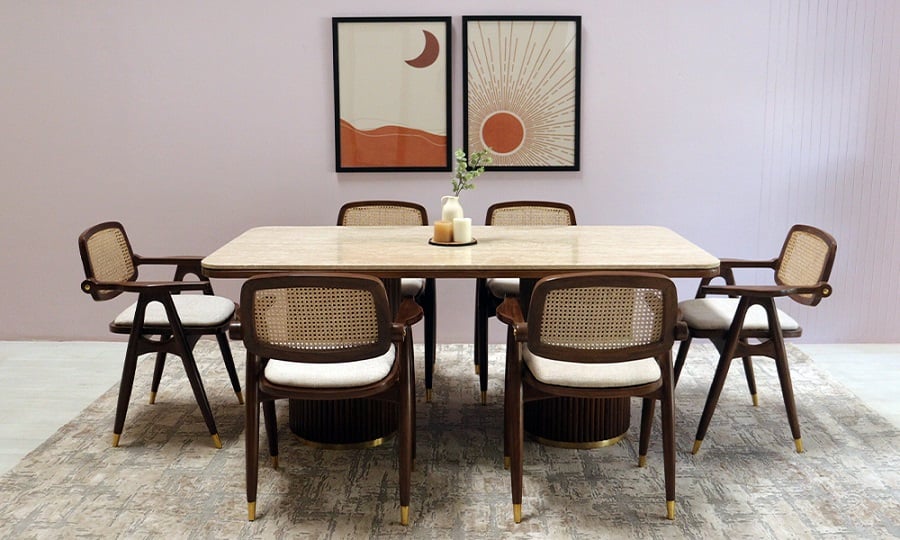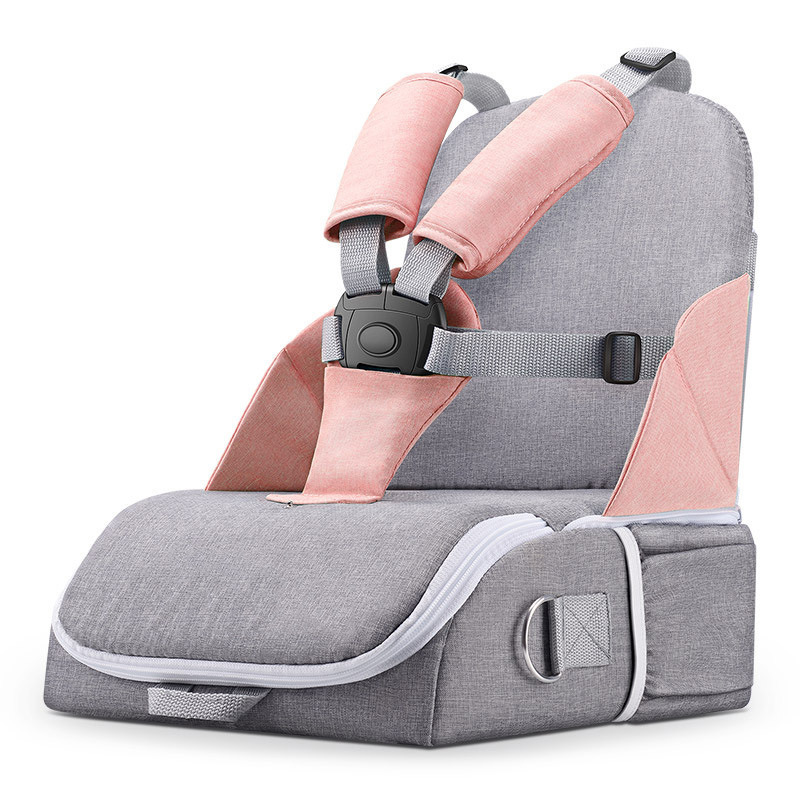Types of Junior Chairs

Choosing the right chair for your little one can be a daunting task, especially with the vast array of options available. You need to consider factors like comfort, safety, and durability, as well as their age and size. Let’s explore different types of junior chairs and their pros and cons to help you make an informed decision.
Wooden Chairs, Junior chair for dining table
Wooden chairs are a classic choice for dining tables, offering a timeless elegance and a sturdy build. They’re typically made from hardwood like oak or maple, which are known for their durability and resistance to scratches and dents.
- Pros: Durable, sturdy, aesthetically pleasing, can be passed down through generations.
- Cons: Can be heavier and less portable, may be more expensive than other options, require regular maintenance to prevent scratches and water damage.
- Recommended Age Range: Suitable for toddlers and older children.
Plastic Chairs
Plastic chairs are a popular choice for families with young children due to their lightweight and easy-to-clean nature. They come in a wide range of colors and designs, making them fun and appealing to kids.
- Pros: Lightweight, easy to clean, affordable, come in various colors and designs.
- Cons: May not be as durable as wooden or metal chairs, can be prone to scratches and dents, may not offer as much support as other options.
- Recommended Age Range: Suitable for toddlers and preschoolers.
Metal Chairs
Metal chairs offer a modern and sleek look, and they are often more durable than plastic chairs. They can be made from different metals like steel or aluminum, each offering its own set of benefits.
- Pros: Durable, lightweight, rust-resistant, can be easily cleaned.
- Cons: Can be cold to the touch, may not be as comfortable as other options, can be prone to scratches and dents.
- Recommended Age Range: Suitable for older children and teenagers.
Upholstered Chairs
Upholstered chairs offer the most comfort and support, making them a great choice for children who spend long hours at the dining table. They are often made with soft fabrics like velvet or cotton, and they can be easily cleaned with a damp cloth.
- Pros: Comfortable, supportive, can be easily cleaned, available in various colors and designs.
- Cons: Can be more expensive than other options, may require more maintenance to keep clean, may not be as durable as other options.
- Recommended Age Range: Suitable for older children and teenagers.
Table of Comparison
| Chair Type | Pros | Cons | Recommended Age Range |
|---|---|---|---|
| Wooden Chairs | Durable, sturdy, aesthetically pleasing, can be passed down through generations. | Can be heavier and less portable, may be more expensive than other options, require regular maintenance to prevent scratches and water damage. | Toddlers and older children. |
| Plastic Chairs | Lightweight, easy to clean, affordable, come in various colors and designs. | May not be as durable as wooden or metal chairs, can be prone to scratches and dents, may not offer as much support as other options. | Toddlers and preschoolers. |
| Metal Chairs | Durable, lightweight, rust-resistant, can be easily cleaned. | Can be cold to the touch, may not be as comfortable as other options, can be prone to scratches and dents. | Older children and teenagers. |
| Upholstered Chairs | Comfortable, supportive, can be easily cleaned, available in various colors and designs. | Can be more expensive than other options, may require more maintenance to keep clean, may not be as durable as other options. | Older children and teenagers. |
Features to Consider

Choosing the right junior chair for your dining table is crucial, not only for comfort but also for safety and functionality. It’s important to consider several factors that will ensure the chair is well-suited for your child and your dining space.
Size and Adjustability
The size of the chair is a crucial factor. It should be the right height for your child to sit comfortably at the table, with their feet flat on the floor. Ideally, the chair should also offer some adjustability, allowing you to raise or lower the seat as your child grows. This ensures the chair remains comfortable and supportive for a longer period.
- Adjustable Height: Chairs with adjustable height features are a great investment. They allow you to adjust the seat height as your child grows, ensuring they maintain proper posture and comfort at the table.
- Footrest: A footrest is a valuable addition, especially for younger children. It provides support for their feet and prevents them from dangling, promoting good posture and comfort.
Safety Features
Safety is paramount when choosing a junior chair. Look for features that minimize potential hazards.
- Rounded Edges: Rounded edges on the chair’s frame and seat reduce the risk of sharp corners causing injury.
- Stability: The chair should be sturdy and stable, with a wide base to prevent tipping over.
- Non-Slip Base: Look for chairs with non-slip bases to prevent them from sliding on the floor, especially on smooth surfaces.
Design and Style
While functionality is key, the design and style of the chair should also appeal to your child. Choose a chair that complements your dining room decor and is visually appealing to your child.
- Color and Patterns: Vibrant colors and fun patterns can make the chair more appealing to children, encouraging them to sit and enjoy mealtimes.
- Theme: Consider chairs with themes that match your child’s interests, such as cartoon characters, animals, or sports.
Material and Finish
The material and finish of the chair impact its durability, ease of cleaning, and overall aesthetic.
- Wood: Wood is a durable and classic material, offering a natural and elegant look.
- Plastic: Plastic is lightweight, easy to clean, and often comes in a variety of colors and designs.
- Metal: Metal chairs are sturdy and durable, but can be cold to the touch.
Ease of Cleaning
Children can be messy, so it’s essential to choose a chair that’s easy to clean.
- Wipe-Clean Surfaces: Chairs with smooth, wipe-clean surfaces are ideal for quick and easy cleanup.
- Water-Resistant Fabrics: If you choose a fabric-covered chair, opt for water-resistant materials that can be easily wiped clean.
Junior Chair Design Ideas: Junior Chair For Dining Table

Designing junior chairs goes beyond mere functionality. It’s an opportunity to spark imagination, foster creativity, and create furniture that seamlessly blends into a child’s world. By incorporating unique features and adhering to ergonomic principles, we can craft junior chairs that are both comfortable and visually captivating.
Unique Design Features
Junior chair for dining table – Beyond the traditional, junior chairs can incorporate unique features that enhance their functionality or aesthetics. These features can range from playful elements to practical additions that cater to specific needs.
- Built-in Storage: Integrating storage compartments within the chair’s design can be a practical solution for tidying up toys or books. Imagine a chair with a hidden compartment under the seat or a backrest that doubles as a bookshelf.
- Adjustable Height: A chair with adjustable height allows the chair to grow with the child. This feature ensures optimal comfort and posture as the child develops. The adjustable height feature can be implemented using a simple lever mechanism or a gas lift system similar to those found in office chairs.
- Interactive Elements: Incorporating interactive elements can make sitting more engaging. For example, a chair with a built-in whiteboard on the backrest could encourage drawing and creativity. Alternatively, a chair with a hidden compartment that reveals a surprise when opened can spark curiosity and excitement.
- Multi-Purpose Design: A multi-purpose chair can transform into a small table or a step stool. This versatility enhances functionality and makes the chair more adaptable to different needs.
Ergonomic Considerations
Ergonomics plays a crucial role in junior chair design, promoting healthy posture and reducing the risk of discomfort or musculoskeletal issues.
- Proper Back Support: A chair with a contoured backrest provides adequate lumbar support, preventing slouching and promoting a healthy posture.
- Seat Height and Depth: The seat height should allow the child’s feet to rest flat on the floor. The seat depth should be adequate to prevent the child from sliding forward.
- Armrests: Armrests can provide additional support and comfort, especially for children who tend to rest their arms while sitting. However, the armrests should be designed to avoid restricting movement.
Detailed Design Example
Imagine a junior chair designed with a playful and modern aesthetic. The chair’s frame is constructed from durable and lightweight birch plywood, giving it a natural and warm feel. The seat and backrest are upholstered with a soft and breathable fabric, available in a variety of vibrant colors. The chair features a unique built-in storage compartment under the seat, accessible through a hidden latch. The compartment can be used to store books, toys, or other small items. The chair’s backrest has a slight incline to provide optimal lumbar support, while the seat depth is designed to ensure comfortable seating for children of different ages. The chair’s legs are crafted from sturdy birch wood and finished with a clear sealant for durability and a natural look. The chair’s overall design is sleek and minimalist, with rounded edges and smooth surfaces to ensure safety and comfort.
Junior chairs for dining tables are often overlooked, but they are essential for creating a welcoming and inclusive dining experience for children. While adults may gravitate towards the classic comfort of a wood and leather dining chair , children need chairs that are scaled to their size and designed for their needs.
These smaller chairs not only offer comfort but also encourage children to participate in family meals and feel like valued members of the table.
A junior chair for a dining table should be comfortable and sturdy, just like a high back office chair black for an adult’s workspace. The chair should be scaled down to fit a child’s size and be easy to clean, considering the inevitable spills and crumbs that come with family meals.
